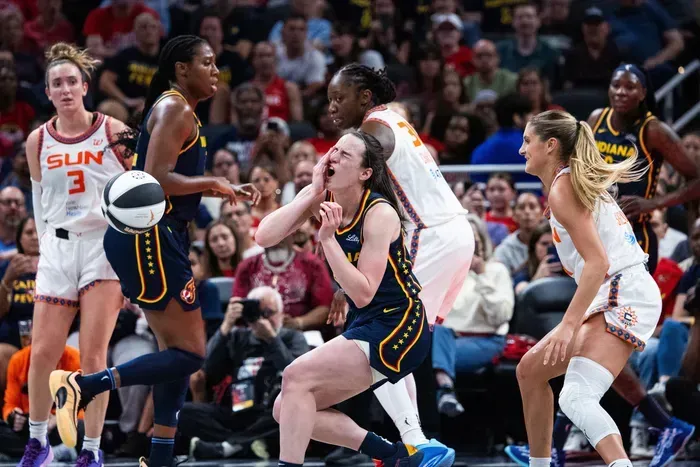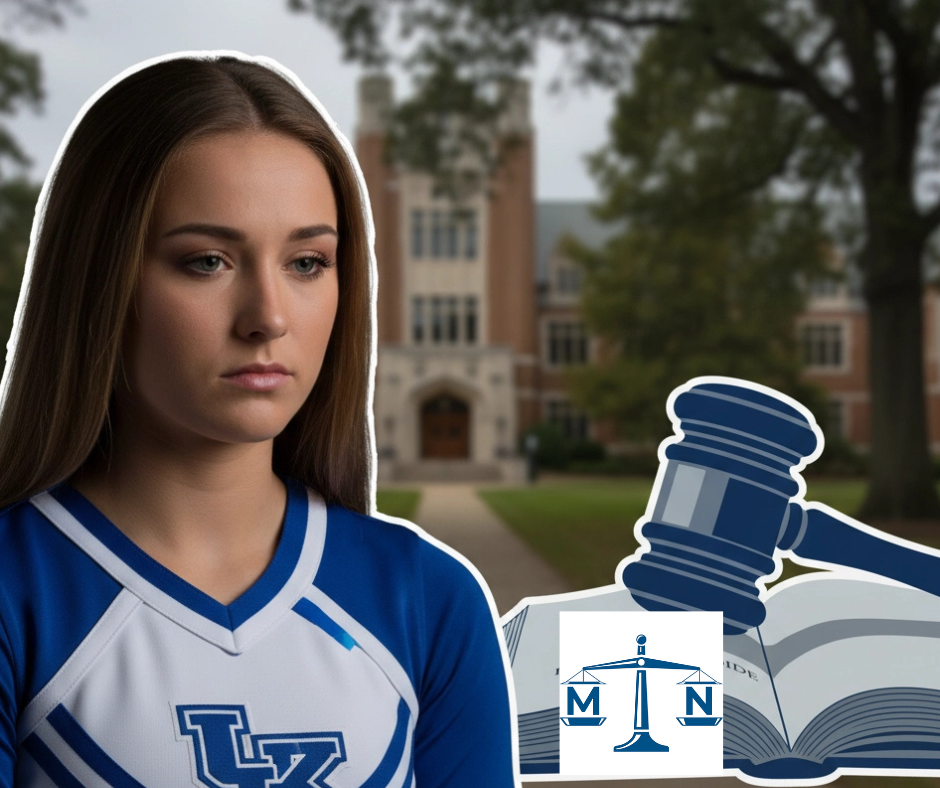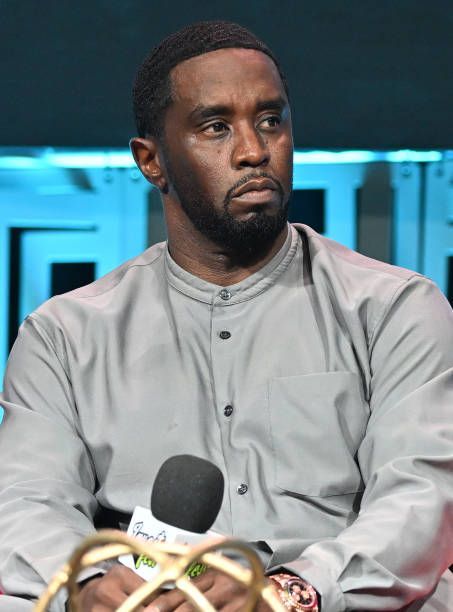WNBA Fight: Legal Look at Sophie Cunningham, and Sheldon's Battery on Caitlin Clark
WNBA Fight: Connecticut Suns v. Indiana Fever

When Sports Aggression Crosses the Legal Line
The recent altercation between the Connecticut Sun and Indiana Fever has sparked significant debate, not just among sports fans, but also in legal circles. The incident involving Jacy Sheldon poking Caitlin Clark in the eye raises important questions: When does aggressive play cross the line into legally actionable battery? As a criminal defense attorney, these moments highlight the fascinating intersection between sports rules and criminal law.
The Incident: What Actually Happened?
During a heated game between the Indiana Fever and Connecticut Sun, tensions escalated beyond typical competitive play. Rookie sensation Caitlin Clark, who has brought unprecedented attention to the WNBA this season, found herself at the center of a physical confrontation.
The incident began when Jacy Sheldon of the Phoenix Mercury was involved in what many viewers described as excessive physical contact with Clark. The most controversial moment came when Sheldon appeared to make contact with Clark's face, poking her in the eye during a play. This wasn't isolated – throughout the season, Clark has faced particularly physical defense from opponents.
Similar physicality continued in the Sun vs. Fever matchup, with players like, Sophie Cunningham, Marina Mabrey and Tina Charles receiving technical fouls as emotions ran high and physical play intensified.
Battery in Legal Terms: Beyond the Basketball Court
In Indiana, battery is defined under IC 35-42-2-1 as "knowingly or intentionally touching another person in a rude, insolent, or angry manner." The statute further classifies battery into different levels depending on circumstances and resulting injury.
What many fans don't realize is that consent to participate in a sport does not provide unlimited license for any type of physical contact. Courts have consistently recognized that while players consent to normal physical contact within the rules and expectations of the game, they do not consent to egregious contact that falls well outside normal play.
In legal terms, a player could potentially face battery charges if:
- The contact was intentional
- The action fell clearly outside the normal scope of the sport
- The action wasn't an incidental part of the game
- The contact caused or was likely to cause injury
Could the Eye Poke Constitute Legal Battery?
The critical question becomes whether Jacy Sheldon's alleged eye poke crosses the threshold from a basketball foul to legal battery. Let's break it down:
Intent: For a battery charge to stick, prosecutors would need to prove Sheldon intentionally made contact with Clark's eye – not that it was accidental contact during a legitimate basketball play.
Beyond Normal Play: Courts typically use a "reasonable player" standard. Would a reasonable WNBA player expect that type of contact as part of the game? Eye pokes are not considered normal basketball plays, even in aggressive defensive schemes.
Severity: Was the contact severe enough to warrant legal intervention? Minor incidental contact rarely rises to the level of criminal charges, while deliberate actions targeting vulnerable body parts (like eyes) receive more scrutiny.
The WNBA handled this internally through fines rather than suspensions, suggesting they viewed it as a serious violation of league rules but not egregious enough for the most severe league punishment.
Sports History: When Courts Get Involved
Professional sports have a long, complicated history with battery allegations. The most famous case remains the 2004 "Malice at the Palace" NBA brawl (involving the Indiana Pacers and Detroit Pistons), where criminal charges were filed against players who fought with fans. More relevant to the Clark situation are player-to-player incidents:
- Todd Bertuzzi's assault on Steve Moore (NHL, 2004): Bertuzzi faced criminal charges after punching Moore from behind and driving his head into the ice, resulting in serious injuries and ending Moore's career.
- Kermit Washington's punch to Rudy Tomjanovich (NBA, 1977): While criminal charges weren't filed, this devastating punch resulted in life-threatening injuries and forever changed how the league handled on-court violence.
- Draymond Green's suspension (NBA, 2016): While not criminal, Green was suspended during the NBA Finals for accumulating flagrant fouls, including striking opponents in the groin.
The key distinction in cases that moved to criminal courts versus those handled internally by leagues typically involves:
- The severity of the injury
- How far the action deviated from normal play
- The apparent premeditation or malice behind the action
Why Most Sports Incidents Stay Out of Court
Despite countless physical altercations in professional sports, relatively few result in criminal charges. There are several reasons for this:
League Self-Regulation: Sports leagues have developed sophisticated disciplinary systems with fines, suspensions, and other penalties designed to disincentivize dangerous play while keeping incidents "in-house."
Practical Challenges: Proving criminal intent in the heat of competition is difficult. Was that elbow thrown with malicious intent or was it a basketball move gone wrong?
Assumption of Risk: Athletes implicitly accept a certain level of physical risk when participating in contact sports. Courts have repeatedly recognized this "assumption of risk" doctrine.
Public Relations: Neither leagues nor players typically want the negative publicity of criminal proceedings. All parties generally prefer internal resolution.
The WNBA's Response and Legal Implications
The WNBA imposed fines on several players involved in the incidents with Clark but issued no suspensions. From a legal perspective, this response:
- Acknowledges that rule violations occurred
- Establishes that the league considered the incidents serious enough for punishment
- Signals the league didn't view the actions as requiring removal from competition
This moderate response aligns with how most professional sports leagues handle all but the most egregious cases of in-game physicality.
What Athletes Should Know About Legal Boundaries
For athletes at all levels, understanding where sports competition ends and potential legal liability begins is crucial:
- Actions clearly outside the scope of the game carry the highest risk of criminal or civil liability. The further an action deviates from normal play, the greater the legal risk.
- Targeting vulnerable body parts like eyes, throat, or groin moves conduct closer to the threshold where courts might intervene.
- Post-whistle or dead-ball incidents receive greater scrutiny because they occur outside active play.
- Verbal threats combined with physical actions could elevate simple fouls to intimidation or assault charges under certain circumstances.
- Previous conduct and history may influence how officials, leagues, and potentially courts view incidents. A pattern of aggressive play can undermine "heat of the moment" defenses.
The Clark Effect: Spotlight Magnifies Everything
Caitlin Clark's unprecedented popularity has created a magnifying glass effect on WNBA physical play. Actions that might have gone relatively unnoticed in previous seasons now generate millions of views and intense debate. This increased scrutiny brings both benefits and challenges:
Benefits: Dangerous play is more likely to be identified and addressed, potentially making the game safer for all players.
Challenges: Normal physical basketball plays can be misinterpreted by new fans unfamiliar with the sport's typical physicality.
From a legal perspective, this heightened attention doesn't change the standards for what constitutes battery, but it does increase the likelihood that borderline incidents receive greater public and potentially official scrutiny.
Protecting Yourself: Legal Advice for Athletes
If you're an athlete concerned about excessive physical play or potential battery in competition, consider these steps:
- Document incidents: Ensure your team has footage of games where questionable contact occurs.
- Report through proper channels: Follow league protocols for reporting dangerous play.
- Maintain your composure: Retaliating often results in penalties for both parties and undermines potential claims.
- Consult with legal counsel: If you believe you've been the victim of conduct that goes far beyond normal play, especially if injury results, speaking with an attorney can help clarify your options.
The Blurry Line Between Competition and Crime
The Jacy Sheldon-Caitlin Clark/Sophie Cunningham incident highlights the complex relationship between competitive sports and legal boundaries. While true battery charges from professional sports incidents remain rare, they're not unprecedented when actions clearly exceed the scope of normal play and result in significant injury.
The WNBA, like all professional leagues, walks a fine line between allowing the physical play that defines elite competition and protecting players from actions that cross into potentially criminal territory. For players, understanding these boundaries isn't just about avoiding penalties—it could be the difference between a fine and a day in court.
Whether you're a professional athlete facing overly aggressive opponents or a weekend warrior dealing with an out-of-control competitor, knowing when physical play crosses the line into legally actionable territory is essential in today's sports landscape.
If you've been involved in a sports-related incident that may have legal implications, contact the Law Office of Mark Nicholson for a consultation on your rights and options.




















